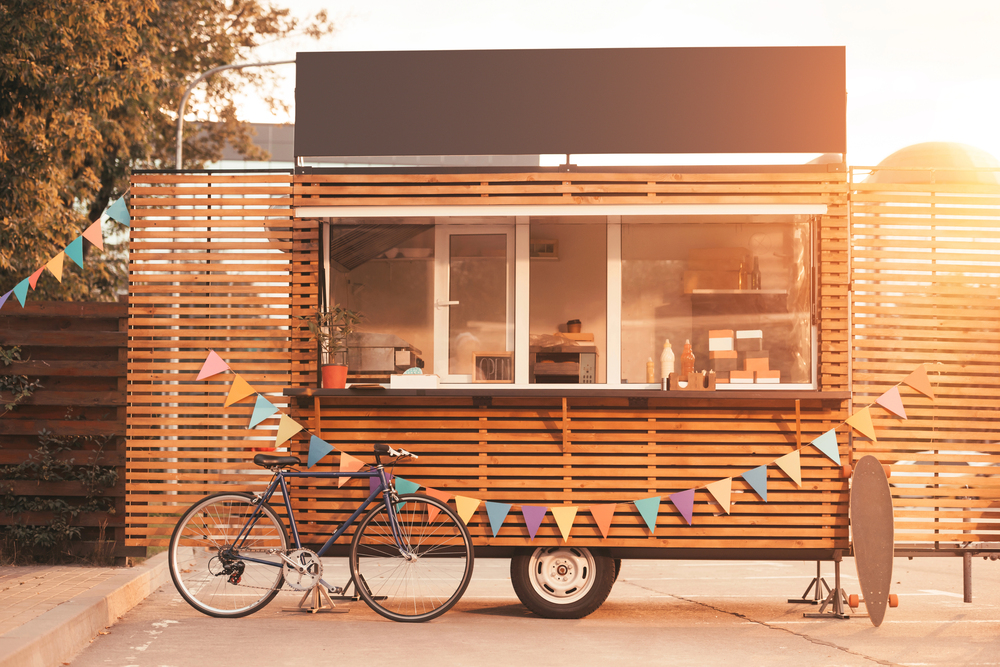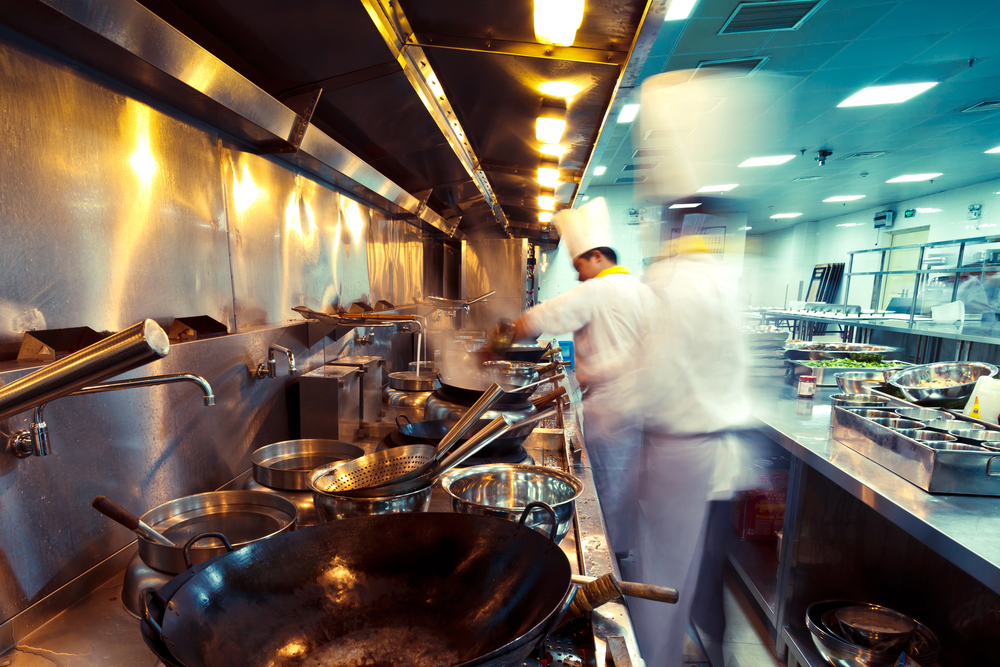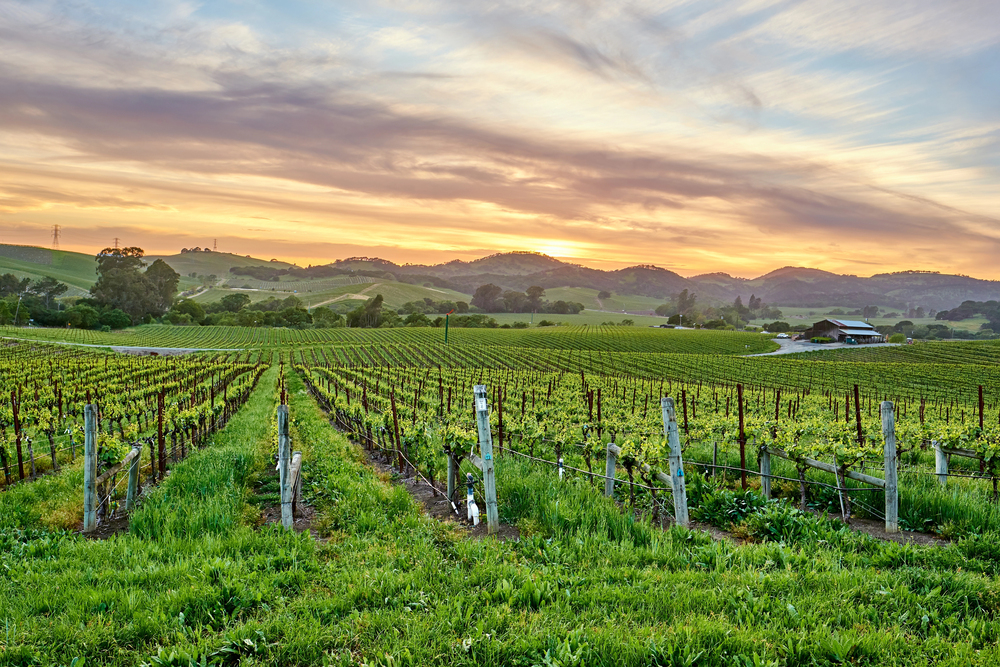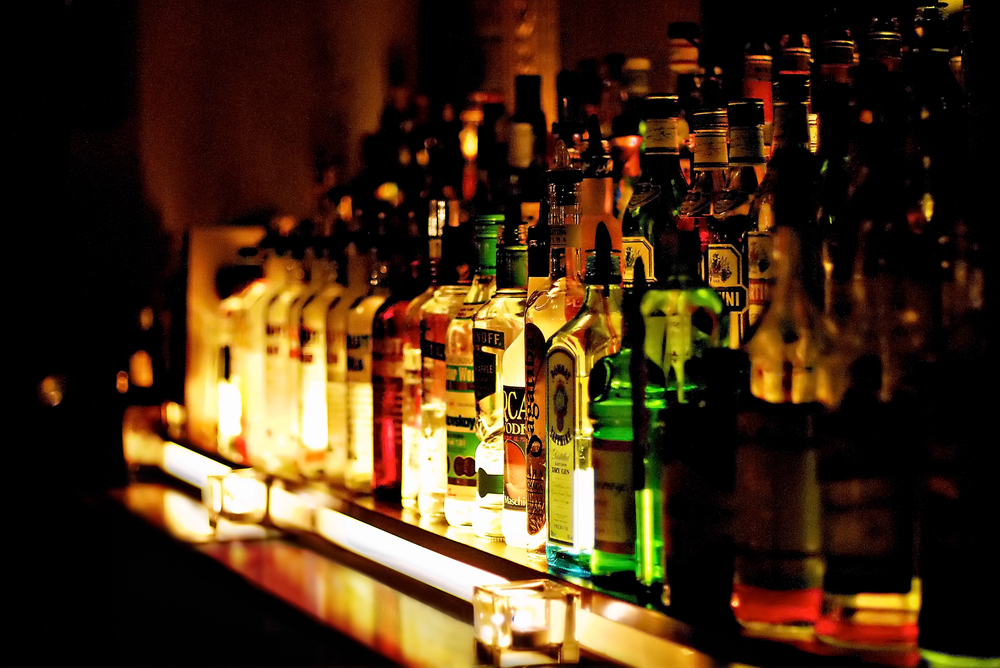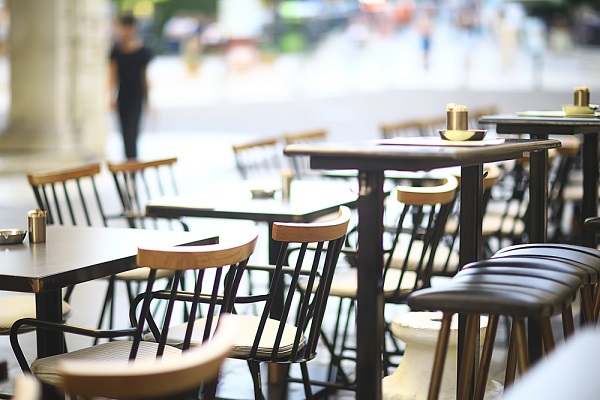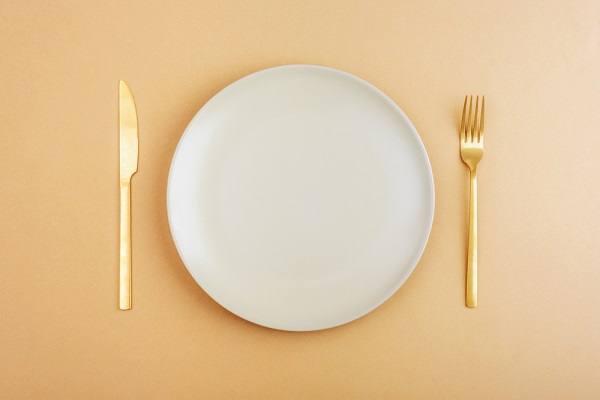Restaurant Insurance: 7 Steps for Reducing Slip-and-Fall Claims
By: Heidi Shelter
Slip-and-fall accidents send more than 3 million foodservice employees and 1 million customers to the hospital each year, according to the National Floor Safety Institute.
The restaurant industry is fraught with slip-and-fall risks. The fast-paced environment coupled with slippery surfaces make these establishments liability landmines, leading to costly workers comp and personal injury claims.
In 2017, New Pig, a Pennsylvania-based manufacturer of products geared toward minimizing workplace hazards, conducted a survey across service-related industries to understand how they deal with slips, trips and falls.
Compiled in New Pig’s Walk Zone Safety Report, the key findings are eye-opening:
- 37% of respondents reported that rain and snow brought in from the outside was a primary cause of same-level slips, trips and falls.
- 24% said they leave their floor safety in the hands of their rental mat vendor or cleaning company.
- 14% said rippled or shifting mats caused slips and falls.
- Almost half of respondents underestimated the number of common fall locations in their building by 85%.
The report also found that business owners are aware that slip-and-fall claims are costing them money, but they have not been able to find a viable solution without creating additional safety issues. New Pig also reports that payouts from slip-and-fall claims are viewed as an inevitable cost of doing business.
For insurance agents, it’s a constant dance between maintaining a low loss ratio and tapping into new business opportunities. Restaurants can be different than other hospitality clients—because many are family- or locally operated or have been in business for decades, they may fall into habitual routines that can be difficult to break.
But preventing slip-and-fall accidents by providing clients with the tools they need to ward off such accidents creates a mutually beneficial relationship for agent and client.
Slip, trip and fall prevention programs that include written plans can reduce accidents by as much as 90%, according to the National Floor Safety Institute. However, an effective floor safety plan involves more than simply issuing non-slip footwear or changing the water in the mop bucket.
Like other workplace safety hazards, risks need to be properly identified and evaluated. Having a plan that addresses different aspects of floor safety, along with training employees on how these aspects work together, makes all the difference in preventing slip, trip and fall injuries.
Share these seven steps with your clients to help them develop a solid slip-and-fall prevention plan:
1) Conduct a floor and walkway audit.
2) Repair damaged floors and improve traction.
3) Create procedures for cleaning and maintenance.
4) Establish footwear guidelines.
5) Get feedback from restaurant staff to locate floor safety hazards.
6) Implement slip, trip and fall prevention measures in entrances and transition areas to reduce or eliminate hazards caused by wet weather, spills or bunched-up floor mats.
7) Switch to adhesive-backed mats, which are specifically designed to eliminate trip hazards caused by rippled or shifting rubber-backed mats.
When it comes to reducing risk, sometimes going the extra mile to help clients make a more holistic change makes all the difference.
Heidi Shetler is the director of new market development at New Pig Corporation.



